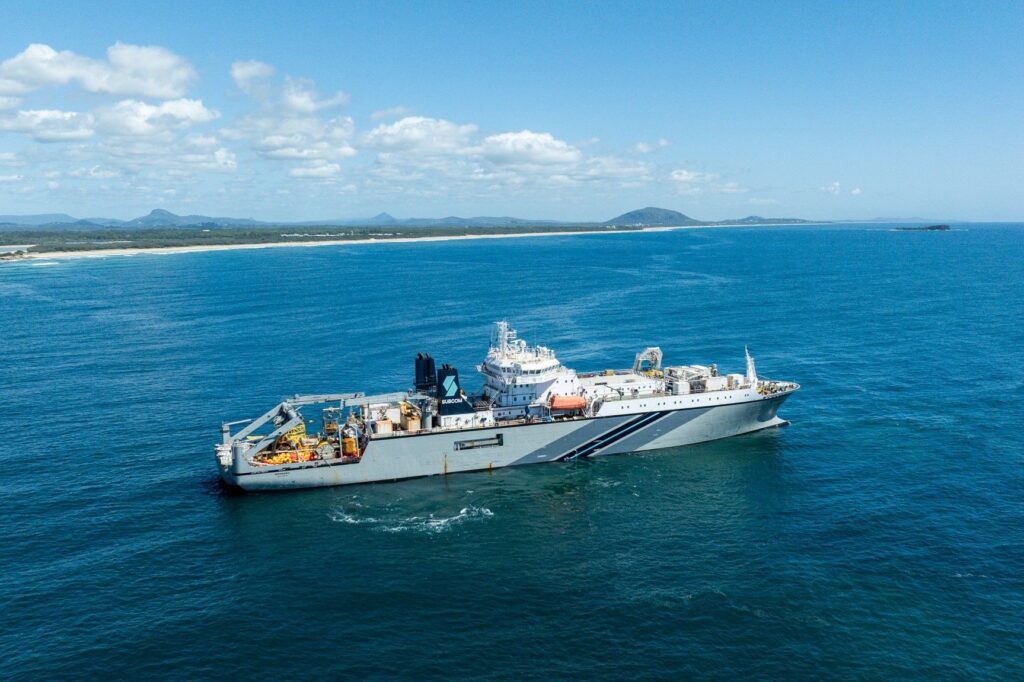
Nathan Christmas,
Sales Agent at Image Property.
Sydney & Melbourne residents bring forward sea-change plans due to COVID-19
Originally published on August 13th, 2020 on Realestate.com.au and on news.com.au.
COVID-19 is poised to drive an exodus of people from Australia’s biggest cities as families bring forward plans to make a sea-change.
Agents reported a recent surge in buyer inquiries from Sydney and Melbourne residents keen to make a move up the coast once restrictions ease, with the Sunshine Coast proving a popular choice.
Data from Image Property showed inquiries for Sunshine Coast properties from Sydney and Melbourne buyers were up 20 per cent from last year.
Image Property Sunshine Coast agent Nathan Christmas said increased work from home arrangements were making the region more appealing for cashed up buyers from NSW and Victoria.
“These buyers have decided to bring forward their ‘sea-change’ plans and relocate here as soon as they are able to do so,”
he said.
“This is generally because they will be working from home in the future, perhaps with a flight down to Sydney or Melbourne for work purposes a few times a month. They are attracted by our affordable property prices but also by the coast’s enviable lifestyle, which was never more attractive than during the lockdown when our residents could still walk along the beach or go for a surf.”
Mr Christmas said two of his recent sales were to Sydney buyers who viewed and bought the properties remotely.
They were shown through the properties via video chat as they couldn’t be there physically because of the closed borders and other restrictions, he added.
“The future of the coast property market is certainly bright with more interstate migrants likely to head north once the pandemic passes.”
Propertyology director Simon Pressley said the increased popularity of regions such as the Sunshine Coast was related to COVID-19.
“COVID-19 will create a permanent structural change within Australian real estate,”
Mr Pressley said.
“Locations which offer reduced density, smaller mortgages and desirable outdoor lifestyles will be beneficiaries.”
Many Sydney and Melbourne buyers often sought a sea-change in the areas they holidayed in, Mr Pressley added.
“Residents from Sydney and Melbourne (are) attracted to Queensland’s warmer weather and Brisbane doesn’t have beaches. Many of them already feel a connection with the Sunshine Coast because they have enjoyed holidays there.
“A lifestyle upsize and a mortgage downgrade is pretty appetising. When compared to Sydney and Melbourne, the Sunshine Coast doesn’t have the high-rise housing density – rather from $500,000, a young family can buy a standard house, through to multimillion-dollar luxury.”
The Sunshine Coast has also attracted more tenants.
Image Property director Joel Davis said the coast’s rental market was booming with multiple applications on every property common.
“Rental properties are receiving mass inquiries within the first few hours of being listed,” Mr Davis said.
“We are receiving multiple applications on properties before the first open home, which is often attracting more than 15 people.”
The Sunshine Coast rental market was undersupplied before the pandemic with a vacancy rate of just 1.4 per cent in March, according to SQM Research.
Suburbanite Principal and former valuer Anna Porter said many tenants in capital cities were starting to look outside the big smoke to more affordable rental markets in regional Australia because of the COVID impact on employment.
“If someone has lost their job or had their hours reduced too much, the government benefits just may not be enough to sustain a Sydney or Melbourne lifestyle,” she said. “Many Sydneysiders are now looking to the country for an early tree change.”
Ms Porter said she expected this to have a big impact on the regional property market with rental vacancies potentially reducing as more rental demand comes through over the next 12-24 months.


